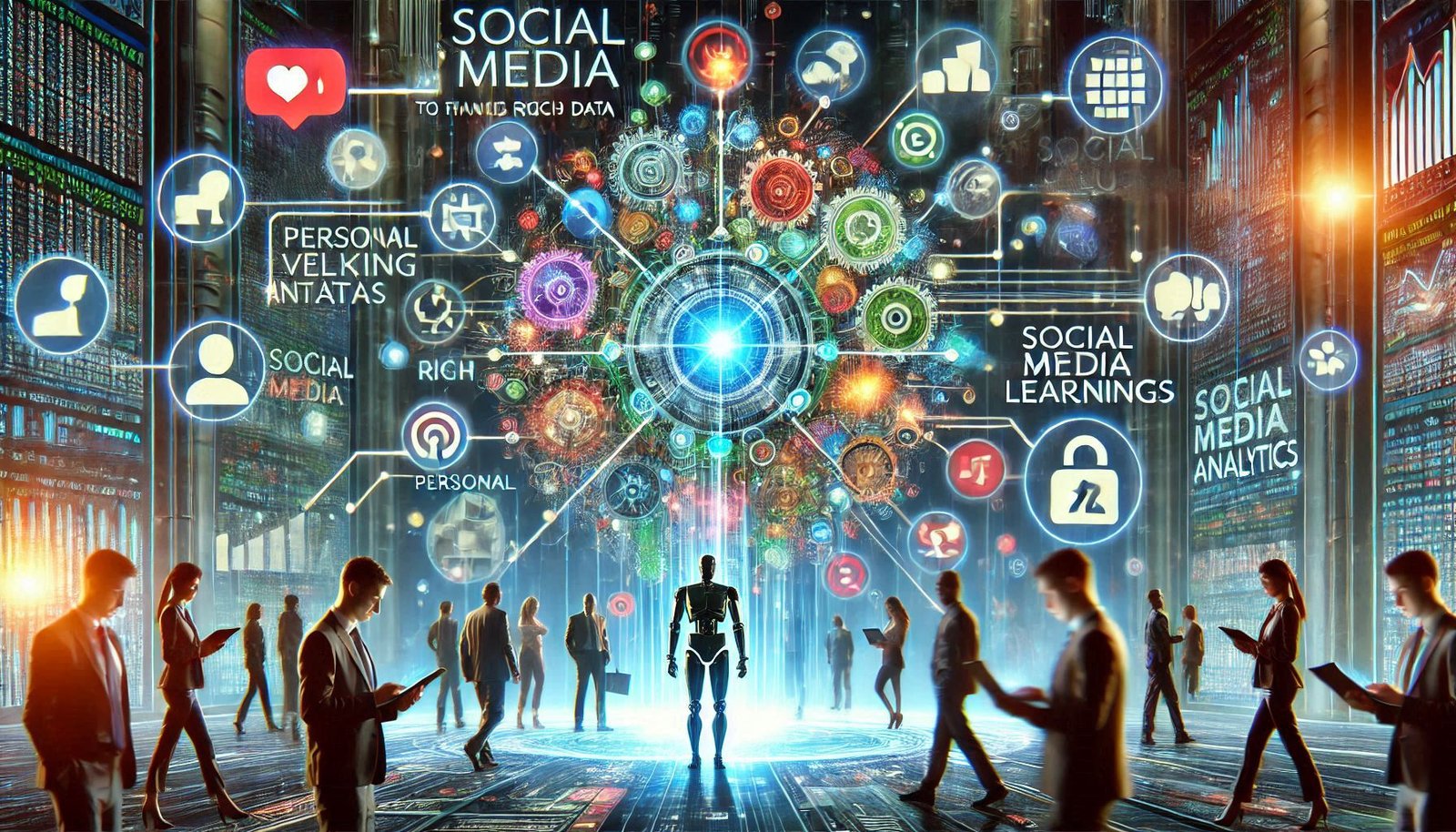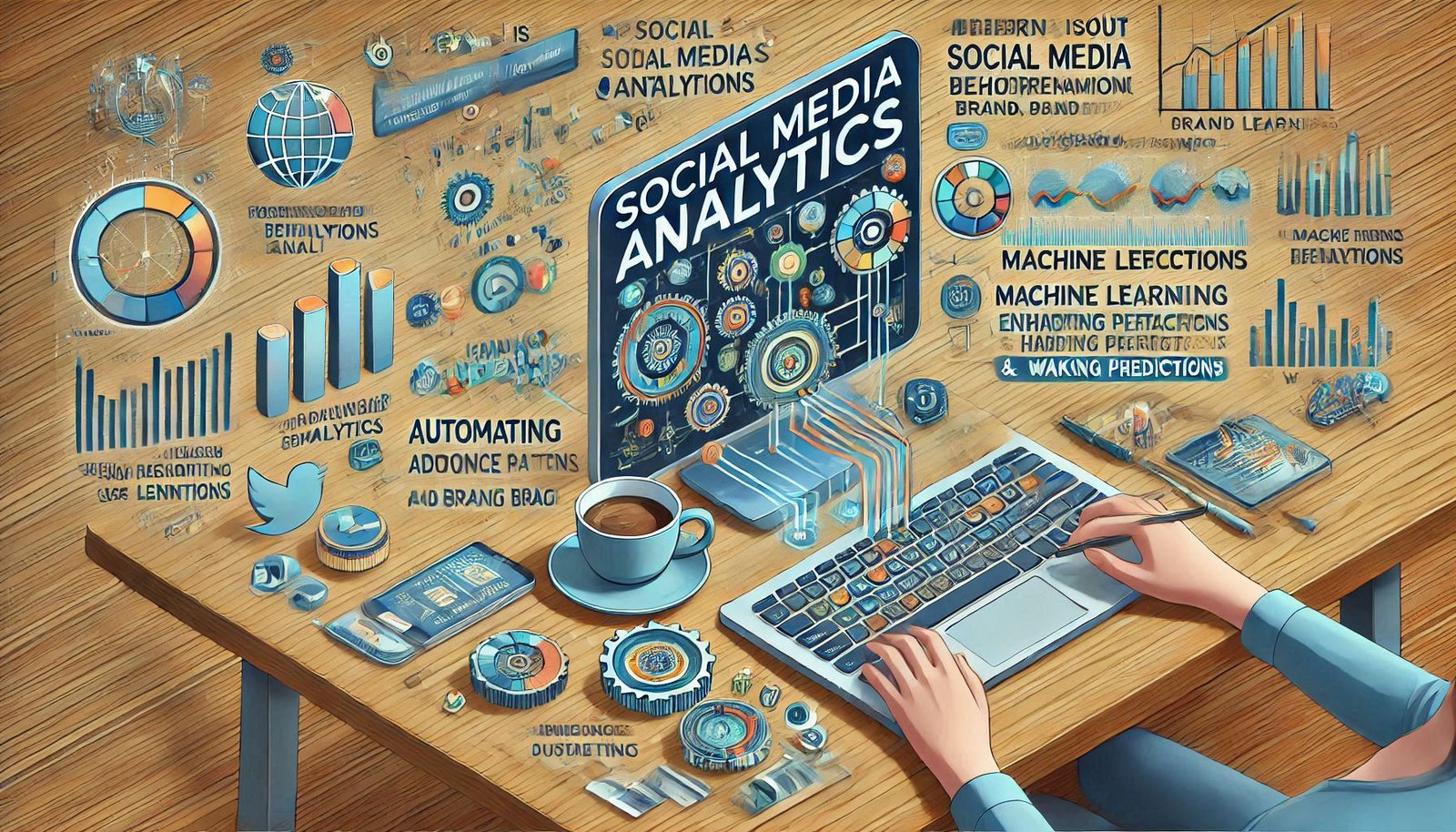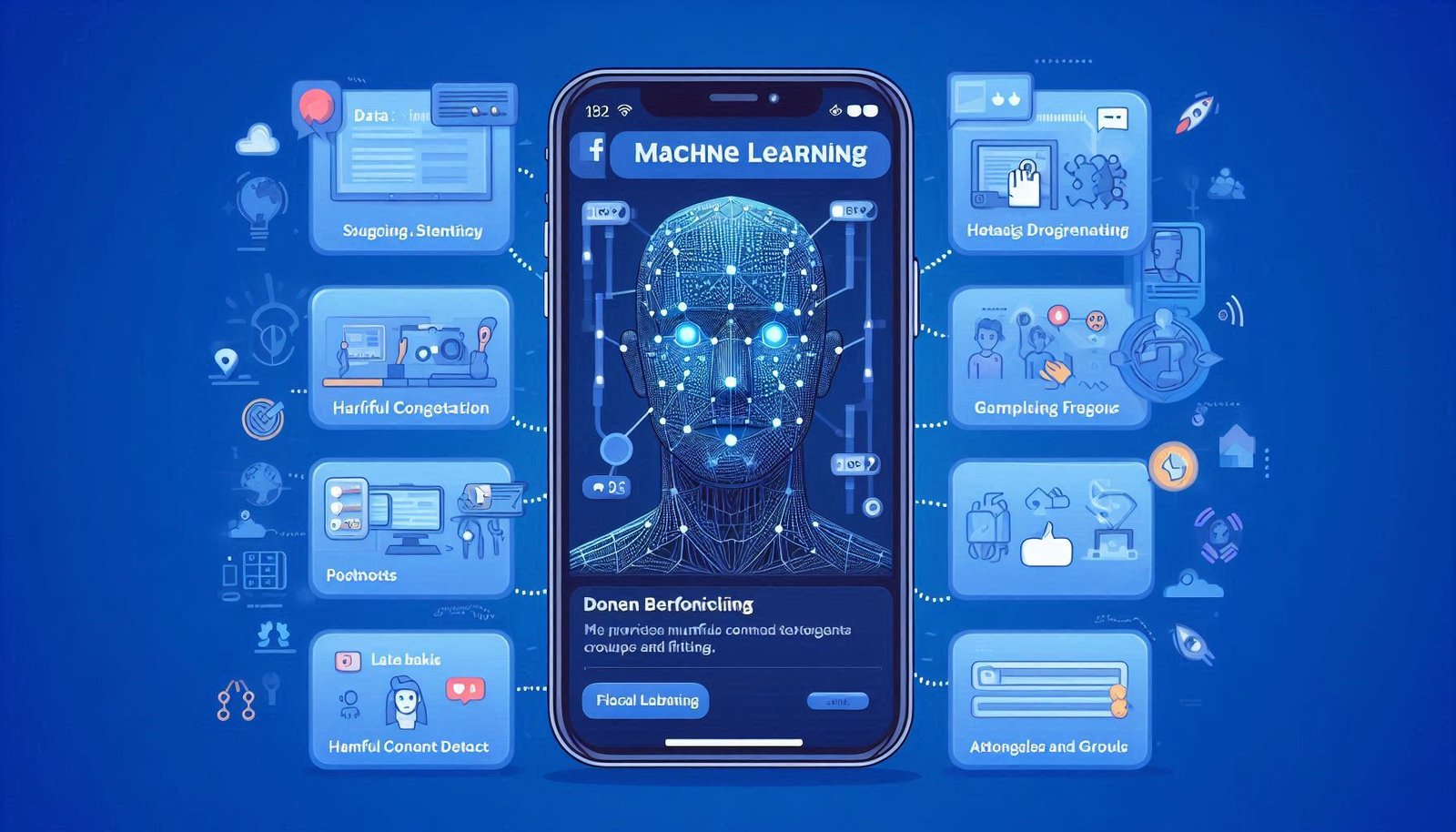Social media and its role in shaping the society Social media has played like a boon in the current digital age. It is high in rich data 最具價值的數據 — from personal interactions to business strategies. But, the enormous volume of content available per second makes it extremely difficult to derive meaningful insights. For Excellent Results use Machine Learning for Social Media Analytics.

Table of Contents
- What is Social Media Analytics?
- Why Use Machine Learning in Social Media Analytics?
- Types of Social Media Analytics Powered by Machine Learning
- How Machine Learning Works in Social Media Analytics
- 4.1 Step 1: Data Collection
- 4.2 Step 2: Data Cleaning and Preprocessing
- 4.3 Step 3: Feature Extraction
- 4.4 Step 4: Model Selection and Training
- 4.5 Step 5: Evaluation and Tuning
- 4.6 Step 6: Deployment and Monitoring
- How is Facebook using machine learning?
Does Instagram use machine learning?
- Advantages of Machine Learning in Social Media Analytics in 2025
- Comparing Traditional Analytics vs. Machine Learning-Based Analytics
- FAQs About Machine Learning for Social Media Analytics
- Conclusion
What is Social Media Analytics?
This is to learn about audience behavior, brand performance, trends, and whatnot.
By automating the analysis, identifying hidden patterns, and making predictions based on large sets of data, machine learning increases the efficiency of this process. It assists companies in tracking customer sentiment, enhancing customer interactions, and fine-tuning marketing efforts.

Why Use Machine Learning for Social Media Analytics?
But they create an avalanche of data on social media. It can be very study but it can consume a lot of time in analyzing manually this data. Machine learning helps in:
- Automating data collection and analysis
- Extracting meaningful insights from vast datasets
- Predicting trends and consumer behavior
- With data training until October 2023.
- Making better decisions in marketing and branding strategy
Types of Social Media Analytics Powered by Machine Learning
Machine learning can be applied in several key areas of social media analytics:
1. Sentiment Analysis
The sentiment analysis categorizes a post or a comment in a social media as positive, negative, or neutral. ML models can analyze text to decipher words, phrases, and context and help businesses understand how consumers are perceiving their brand or product.
- Example: a company looking at Twitter mentions of their product to understand if sentiment is positive or negative.
2. Trend Prediction
Social Media analysis using Machine learning techniques can help predict future trends by learning over the past patterns and reactions to behaviors in social media data. They can help businesses spot trends, topics, hashtags, or products that are becoming popular and give businesses the opportunity to get ahead of the trend.
- Example: A fashion brand forecasting which clothes will be fashionable in the coming months based on what people chat about on social media.
3. Audience Segmentation
ML can study user data and classify target audiences in various segments such as demographics, interests, or behaviors. We therefore make it possible for targeted marketing
- Example: A company using ML to segment its social media followers based on their location, age, and purchase history.
4. Influencer Identification
Machine learning can help identify key influencers within specific niches or industries. By analyzing engagement metrics, followers, and interactions, ML can find the best influencers for partnerships.
- Example: A beauty brand using ML to identify top influencers who align with their values and have high engagement in the beauty community.
5. Content Performance Prediction
ML models can analyze past content performance and predict how future posts or campaigns will perform. This enables businesses to adjust their content strategy to drive maximum engagement and reach.
- Example: Using ML to predict what type of Instagram posts generate the most engagement (images vs videos.)
How Machine Learning Works in Social Media Analytics
Implementing machine learning in social media analytics involves several steps. Let’s break down the process:
Step 1: Data Collection
- Social media posts (text, images, videos)
- Comments and reviews
- Hashtags and mentions
- Engagement metrics (likes, shares, retweets)
- User profiles and demographics
- Sentiment indicators from external sources
Step 2: Data Cleaning and Preprocessing(Machine Learning for Social Media Analytics)
- Removing duplicates and irrelevant content
- Handling missing data
- Normalizing or transforming data (e.g., converting text to lowercase)
- Tokenizing text (breaking text into words or phrases)
Step 3: Feature Extraction
- Keywords in posts or comments
- User engagement metrics (likes, shares)
- Time of post
- Location data
Step 4: Model Selection and Training
Once the data is prepared, the appropriate machine learning model is chosen. Common algorithms for social media analytics include:
- Naive Bayes: Used for sentiment analysis.
- K-means clustering: Used for audience segmentation.
- Decision trees and random forests: Used for predicting trends and content performance.
- Neural networks: Utilized for higher level problems like image recognition or inspecting big-data information.
Step 5: Evaluation and Tuning
The model is then evaluated using various metrics such as accuracy, precision, recall, and F1 score after we have trained it. You will have to fine-tune the model for better predictions.
Step 6: Deployment and Monitoring
After the model is trained, it can be used to process real-time social media data. Also, Tracking the model to make sure that it is still relevant in terms of the trends and the way of behaving for the user.
How is Facebook using machine learning?
Data is used in machine learning by Facebook to provide a better user experience through content personalization, harmful content detection and filtering, and ad optimization. ML algorithms help identify trends, predict user behavior, and suggest relevant posts, groups, or friends. It also powers facial recognition for photo tagging and enhances the accuracy of automatic translations. Machine learning helps Facebook improve engagement and ensure platform safety.

Does Instagram use machine learning?
Yes, Instagram applies machine learning to show personalized content, including post recommendations and explore page suggestions. It studies user behavior to anticipate which content will generate the most engagement.
Advantages of Machine Learning in Social Media Analytics in 2025
Here are some key advantages: Machine Learning for Social Media Analytics
1. Real-Time Analysis
By the year 2025, we will have faster processing and real-time analysis to enable businesses to make timely decisions based on the latest trends or sentiments.
2. Improved Personalization
Machine learning will provide even more personalized content on social media. Hyper-focused ads and posts — tailored specifically to the individual consumer’s tastes, actions, and preferences — will be made by brands.
3. Better Trend Prediction
As ML develops further, it’ll be able to predict trends sooner still to help businesses get ahead and ride the next wave before it hits the mainstream.
Comparing Traditional Analytics vs. Machine Learning-Based Analytics
| Feature | Traditional Analytics | Machine Learning-Based Analytics |
|---|---|---|
| Data Processing | Manual analysis, time-consuming | Automated, fast, real-time analysis |
| Accuracy | Less accurate, based on human interpretation | High accuracy, data-driven insights |
| Customization | Limited to predefined reports | Tailored insights based on data trends |
| Trend Prediction | Reactive approach | Proactive trend identification |
| Scalability | Difficult to scale | Scalable across large datasets |
| Engagement Insights | Limited insights on audience engagement | Deep insights on sentiment, behavior, and content interaction |
FAQs About Machine Learning for Social Media Analytics
1. How is machine learning used in social media?
Machine Learning for Social Media: Personalization, trend predictions, and sentiment analysis It also aids in ad optimization, phoney account detection.
2. Can machine learning be used for data analysis?
4. How is machine learning used in Netflix?
Machine Learning is used by Netflix to rank individual content by the viewer’s history and preference. It also optimizes the quality of streams as well as predicts user
5. How accurate are machine learning models in social media analytics?
When trained and tuned correctly, machine learning models can be very accurate. Nonetheless, they work in relation to how quality the data is and how complex the analysis is.
6. Can machine learning be called AI?
Do you learn from dataA: Yes, it is a part of artificial intelligence (AI) that allows the machine to start learning without explicit programming. Machine learning is a subset of AI that deals with recognizing patterns, making predictions, and finding insights from raw data.
Conclusion
Deep learning is changing the way businesses use social media analytics. – Able to supercharge organizations by processing huge amounts of data, discovering actionable insights and predicting trends, ML helps businesses make better, data-based decisions. Read Also: A New Era of Artificial Intelligence: Trends You Should Know in 2025 With the constant evolution of the digital landscape, machine learning will become more important than ever in driving successful social media strategies.

2 thoughts on “Machine Learning for Social Media Analytics”